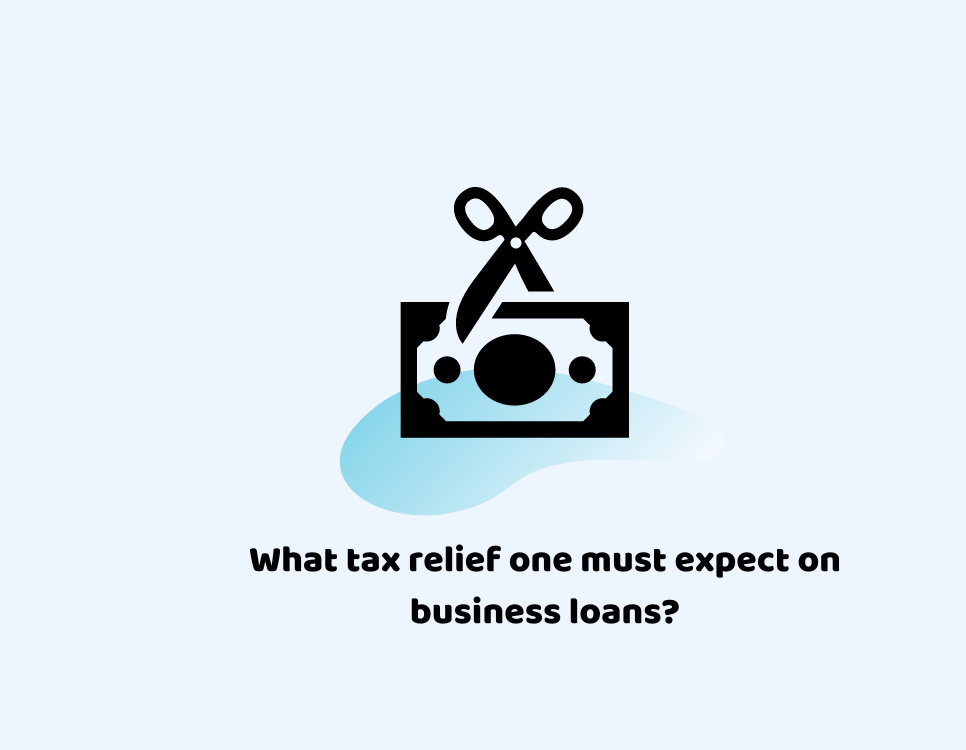
30/03/2021Covid -19 , Uncategorised
Apply for the coronavirus bounce-back scheme before it’s too late. You can apply up till 31st March 2021.
The main aim of the scheme is to make sure businesses get instant cash during these tough times. One interesting point to note is that currently sole traders and limited companies are getting the most out of this scheme. According to the stats, these segments needed a lot of help. So they had to be helped.
What Can you Expect?
You’ll be happy to know that you can get a loan of £2,000 as a starter to pay to your employees or support your business in whatever way you’d like to support. If you like talking in terms of percentages, let’s just say that you can get around 25% of the turnover of your businesses. The maximum threshold of the loan is around £50,000.
We all know what COVID brought on many businesses. A lot of cafes, restaurants, pubs, stores closed around our vicinity. A good £50,000 is good for any business to save their sinking ship.
What’s a Good Time to Pay Back?
The government has allowed you to pay the loan back interest-free in 12 months. If you pay your loans after that time period, you’ll have to pay an interest rate of around 2.5% in a year. If you need help, and you’ve not already applied for any coronavirus support, now is a great time to get started and apply for the Bounce Back Loan Scheme.
What if you’ve Already Taken Up Additional Loans?
You can take up a bounce-back loan scheme if you’ve already claimed other schemes. It’s just that you’ll be topping-up an additional amount to your scheme.
What Makes you Eligible for the Scheme?
You can apply for the scheme if:
- Your business is based in the UK.
- Your business took off before 1st March 2020.
- Your business faces the worst in the pandemic.
What Makes you Ineligible for the Bounce Back Loan Scheme?
You cannot apply for the scheme if you fall under the following categories:
- Banks and Insurance companies excluding brokers.
- Public Institutions.
- Primary and secondary schools funded by the government.
Please note that if you’ve applied for any of the following schemes, you might not be able to claim the bounce back loan scheme:
- Coronavirus business interruption loan scheme.
- Coronavirus large business interruption loan scheme.
- COVID-19 corporate financing facility,
Do not forget the important dates i.e 31st March 2021. If you’re looking forward to applying, you need to fill in a brief form along with a self-declaration. The best part about the loan is that the lender gets to decide, whether to pay you the loan or help you out with another kind of finances.


